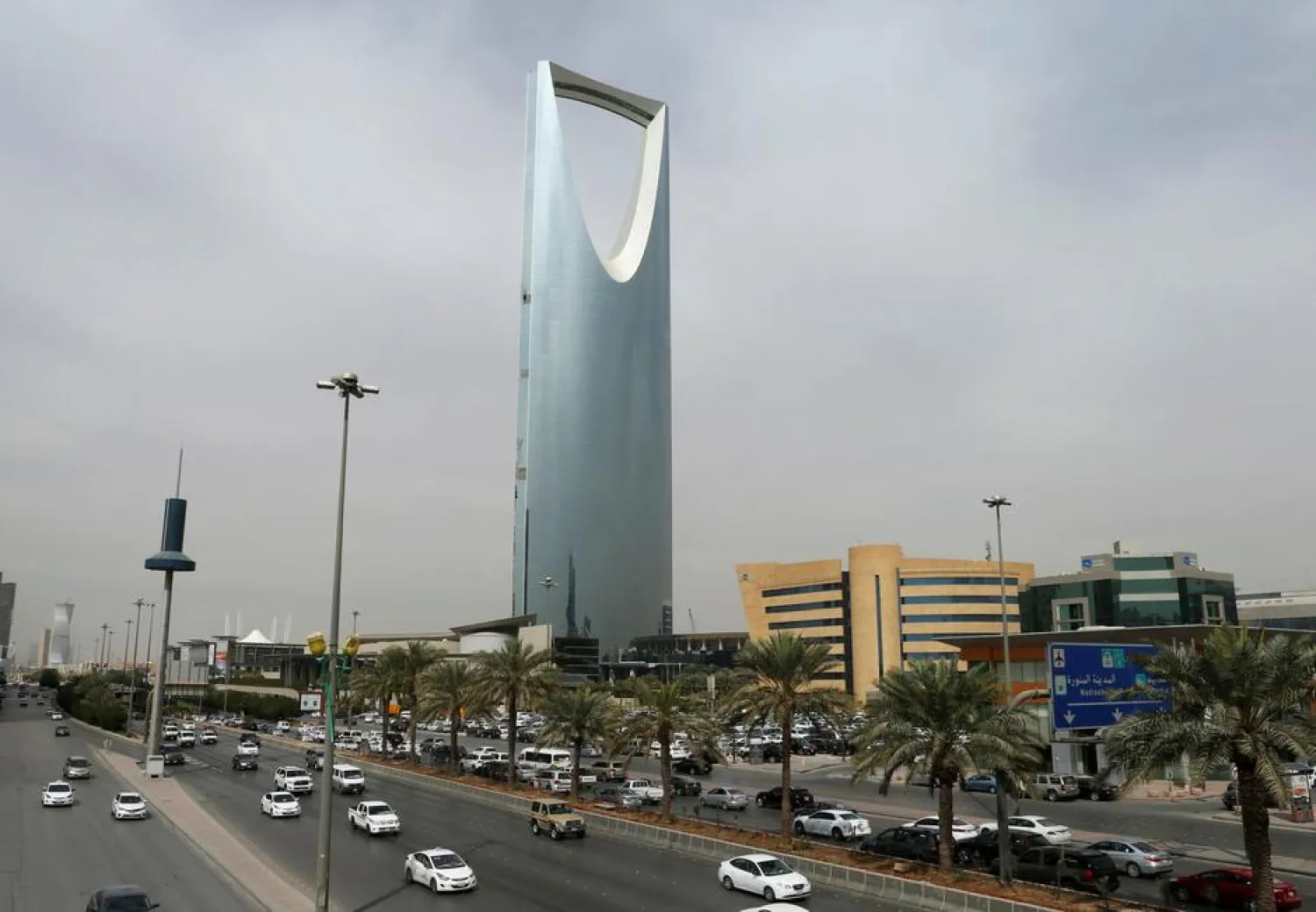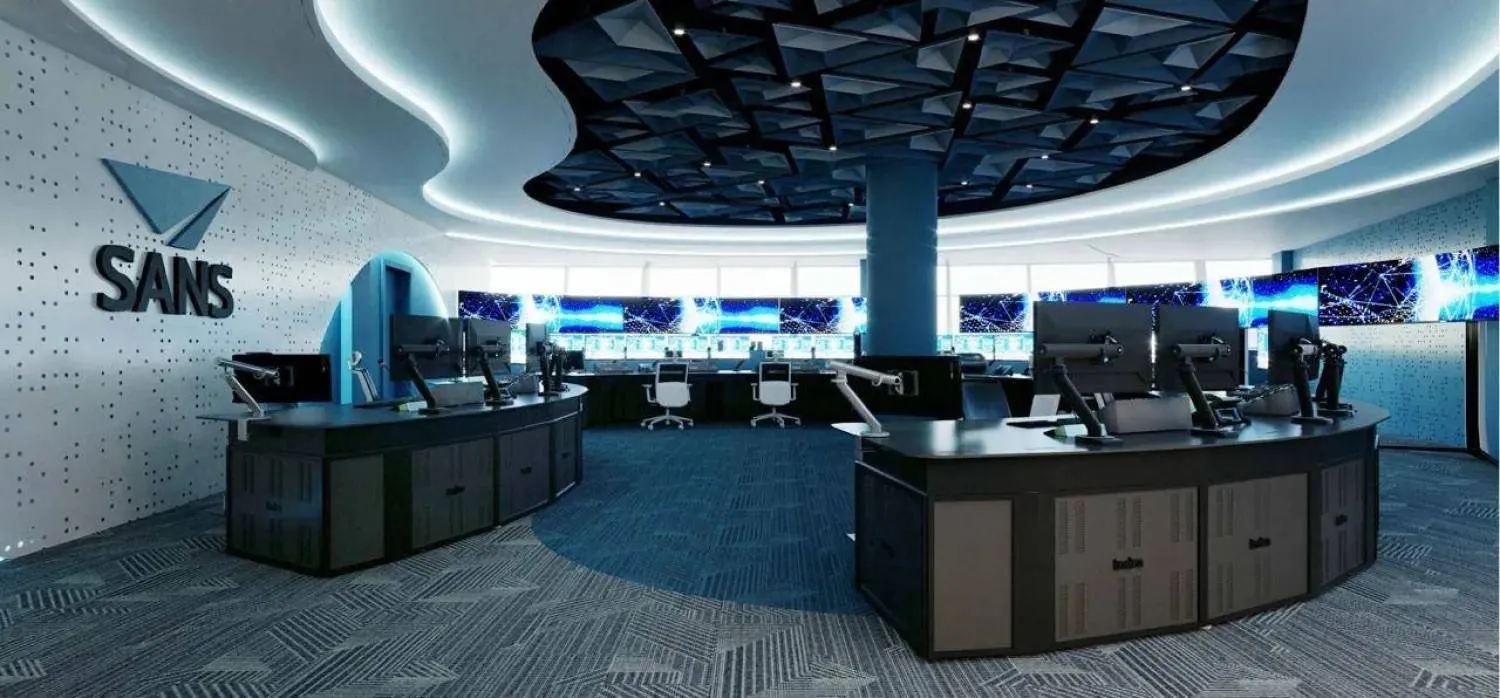The US economy is expected to post another solid economic growth reading Tuesday, but the much-delayed figures likely will not settle debate on the labor market, AI and other variables.
Forecasters expect Tuesday's third-quarter gross domestic product (GDP) report to show 3.2 percent growth, according to consensus estimates from MarketWatch and Trading Economics.
That represents a bit of a moderation from the 3.8 percent second-quarter gain following a first-quarter with negative growth. Tuesday's release comes nearly two months after it was originally scheduled due to the US government shutdown, Reuters reported.
The report reflects a much improved US macroeconomic outlook compared with earlier in 2025, when worries about President Donald Trump's aggressive trade policy changes weighed on sentiment.
But by the latter stages of 2025, Trump's administration had negotiated agreements with China and other major economies that prevented enactment of the most onerous tariffs.
Meanwhile, an AI investment boom by Chat GPT-maker OpenAI, Google and other tech giants continued to pick up momentum, keeping the US stock market near record levels.
Pantheon Macroeconomics estimates that US growth in the third quarter came in at a "brisk-looking" 3.5 percent that nonetheless "will overstate the economy's true condition," the research firm said in a note.
A slowing job market and muted retail sales trends are among the factors consistent with "steady but unspectacular GDP growth" looking ahead to 2026, said Pantheon, which predicted the Federal Reserve would cut interest rates further in the new year.
"The risks remain skewed towards a faster cadence or larger decline in rates," said Pantheon, pointing to the Fed's impending leadership change with the 2026 departure of Chair Jerome Powell.
Consumer caution?
The US central bank on December 10 announced an interest rate cut for the third straight meeting.
While inflation remains well above the Fed's two percent target, Powell and other policymakers have described the weakening employment market as the greater concern at the moment.
The Fed's median 2026 GDP forecast is 2.3 percent, up from 1.7 percent projected in 2025, according to a summary of the central bank's outlook.
White House officials have said Trump could nominate Powell's successor in January.
Polling shows declining support for Trump as consumer prices have stayed at an elevated level.
But Kevin Hassett, a White House economic advisor considered the favorite for the Fed post, told Fox News over the weekend that consumers would soon see better times.
"I think that the American people are going to see it in their wallets... they're going to see that President Trump's policies are making them better," said Hassett, who mentioned an expected boost from higher tax refunds in 2026.
But Pantheon argued the economic benefit from tax refunds may be contained, noting that "the relatively low level of consumer confidence suggests many households will save a high share of the windfall."
A December 18 outlook piece from S&P Global Ratings said AI investment would likely buoy the economy but could be offset by political uncertainty under Trump.
"US trade policy uncertainty has settled down, but not US policy drama overall," S&P said.
"Statutory US tariff rates may not move much in 2026, but uncertainty around laws, norms, investment rules, military actions and geopolitics more generally will remain elevated," S&P said. "This uncertainty will likely dampen investment and discretionary consumption."









